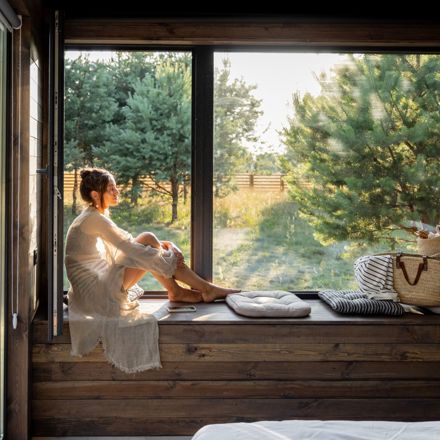Hawke’s Bay offers both urban rentals in Napier and Hastings and rural lifestyle properties in the wider region. Each market has its strengths — but also very different risks. For investors, knowing how turnover, vacancy, and maintenance differ between rural and urban rentals is crucial to maximising returns.
Urban Rentals
Reliable Demand, Higher Turnover Urban rentals in Napier and Hastings typically enjoy steady tenant demand.
Proximity to jobs, schools, shops, and services makes them easier to rent, with less downtime between tenancies.
- Turnover: Higher tenant turnover can actually be an advantage. While it means more changeovers, it also creates more opportunities to adjust rents in line with the market.
- Vacancy risk: Generally low. Even if one tenant moves out, another is usually quick to move in.
- Maintenance: Urban homes tend to have smaller sections and standard infrastructure (water, power, sewerage), making maintenance simpler and more predictable.
Rural Rentals
Long-Term Tenants, Higher Vacancy Risk Rural lifestyle rentals attract families, remote workers, and those seeking more space. They often stay longer, reducing turnover and creating more stable tenancies.
- Turnover: Less frequent, which can mean fewer opportunities to raise rents in step with the market.
- Vacancy risk: Higher. When a rural tenant leaves, it can take longer to find a replacement, especially if the property is large or in a less accessible area.
- Maintenance: Rural properties often require extra upkeep — driveways, septic tanks, water supply systems, fencing, and larger gardens all add costs that don’t apply to many urban homes.
Which Strategy Fits Your Investment Goals?
If your goal is steady demand and flexibility on rents, urban Napier or Hastings properties may be a better fit.
If you prefer long-term, stable tenants, rural lifestyle homes can provide consistent income, but you’ll need to budget for longer leasing periods and higher maintenance costs.
Conclusion
Urban and rural rentals in Hawke’s Bay offer very different investment experiences.
Urban properties are consistent and easier to manage, while rural rentals can achieve higher rents and long-term tenants but carry higher maintenance and vacancy risks. The right choice depends on whether you value flexibility and rental growth, or stability and long-term occupancy.




